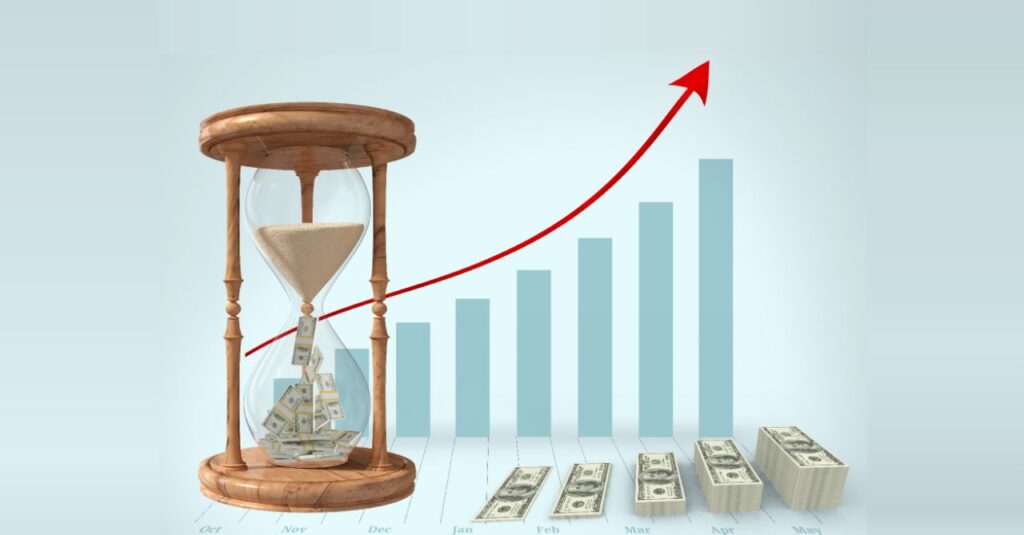For Everything & Anything
Why do Currencies Fluctuate?


Currencies appear to be hitting all-time highs and all-time lows more frequently than ever before. Exchange rates are constantly changing, causing problems for frequent travelers and international businesses all over the world. But why are currencies so volatile?
The answer is straightforward: supply and demand. Supply and demand are defined as “the amount of a commodity, product, or service available and the desire of buyers for it, considered as factors regulating its price.” Simply put, the price of something is determined by how much is available versus how many people want to purchase it. A currency’s exchange rate is typically determined by the strength or weakness of the underlying economy. As such, a currency’s value can fluctuate from one moment to the next.
1. Monetary Policy
This refers to the policies of a central bank (or in some cases, a country’s government) with regards to issues such as interest rates and controlling inflation. The goals are usually to create stability, stimulate the economy and keep inflation at acceptable levels. It’s important that any monetary policy be able to be assessed quickly so it can have the desired effect. In addition, the policies must be flexible enough in order to react well to economic changes or problems that arise from time to time.
For example, let’s say a country decides its central bank should set an interest rate for lending money in order for businesses and individuals to borrow money for things like mortgages or cars. If the central bank sets a high-interest rate, more businesses and individual borrowers will have access to loans and the supply of money in the market will increase. This increase in the supply of money in the market will cause its value to decrease, so those who purchased currency at a high price (i.e. when rates were higher) can get a better return on their money. Since they are still borrowing money, they will need to sell off some of their currency (i.e. pay back their loans). With more currency in circulation, individual consumers can buy goods and services more easily because there is greater availability of currency for buying things like houses or cars.
2. Inflation Rates
Inflation is the rate at which prices increase in an economy. Higher inflation rates mean that prices go up faster, while lower inflation rates mean they rise slower. In general, most countries have an inflation target of 2-3%, with some using 1% or even 0%. Even though this is the goal of most governments’ monetary policy, this range can still cause fluctuations in exchange rates. Let’s take a look at an example of how increased inflation can cause a currency to fluctuate.
If a country’s central bank sets its inflation target to 1% and it hits that, it will already be an increase from the hit initial target and therefore will be considered a sign of success.
3. Demand and Supply
The supply and demand of currency also have an impact. For example, if the price of a country’s currency rises, but the demand for it remains constant, there will soon be a surplus of that currency in circulation. The fact that more people want to buy it than there are available means that their value will decrease. This is known as depreciation. As more people decide to sell off their currency, its value will decrease even further until it reaches a certain level at which point its value starts to increase again. That increase in demand pushes up the exchange rate again and so on.
4. Political and Economic Conditions
As stated in point #2, an economy’s central bank can also choose to become more aggressive with regard to its inflation, unemployment, and other economic indicators. This can cause a rise in demand for a particular currency as it becomes more attractive for the government and people to have a safe haven from the effects of these issues. This may cause fluctuations in prices because the demand for that currency is higher than the supply of that currency, which means there will be a surplus of it on the market.
A country’s economy can also affect exchange rates by changing the amount of money people want to invest in that country. For example, as a nation makes strides toward an industrial economy, more money will be invested in industries, with a decline in agriculture and other resources. This increase in demand for a particular currency will cause its exchange rate to rise because more people are investing it and using it as a means to purchase goods or services from countries with higher exchange rates. This could even cause the original reason for purchasing that currency to change completely.
5. Foreign Exchange Markets
For currencies used internationally, forces such as foreign exchange markets play a very important role as well. For example, the Euro has risen considerably against the US dollar since the 2008 global economic crisis. Foreign exchange markets are essentially markets where currencies from different countries are traded with each other. They can essentially be thought of as an interbank clearing house for lending and borrowing between two countries.
Exchange rates are constantly being assessed by various people in different parts of the world: government officials, central banks, financial institutions, currency traders, and many more. Each person’s input is important to understand how exchange rates change over time.
